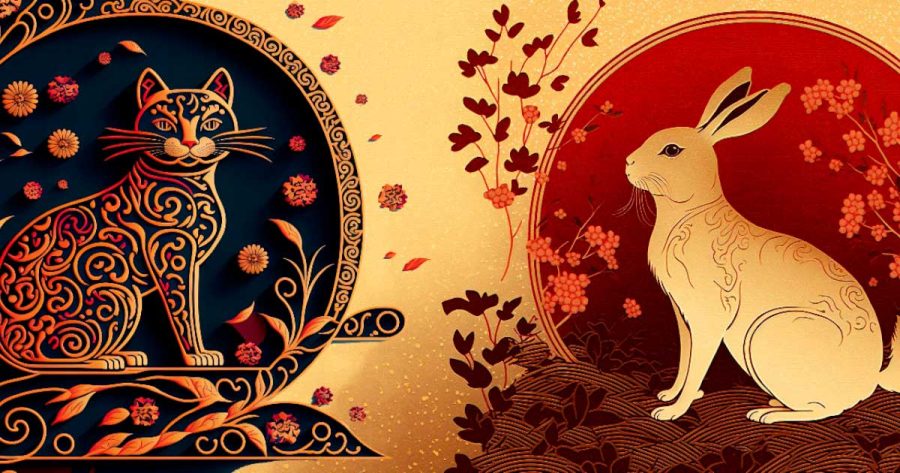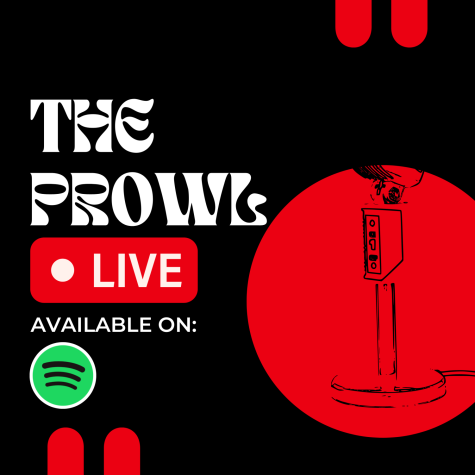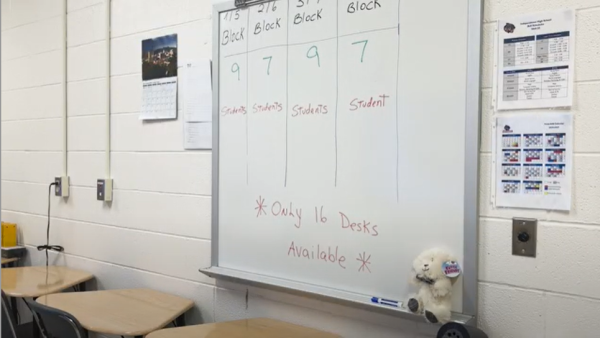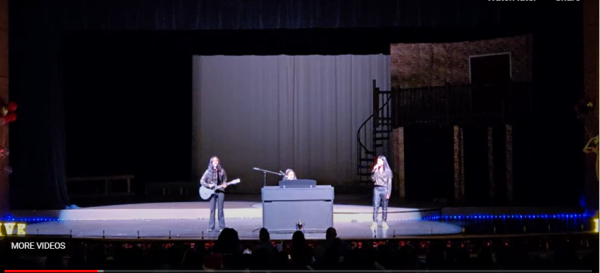The celebration of Lunar New Year
What is the celebration of the Lunar New Year? Contrary to popular belief, Lunar New Year is a holiday celebrated among many Asian countries. The holiday is celebrated across Asia but listed are a few countries and the meaning behind the holiday.
The holiday is believed to originate in ancient China as an agricultural society which used the holiday to celebrate their harvest as well as worship gods and ask for good harvest to come. The holiday can be described as it beginning “with the first new moon that occurs between the end of January and spans the first 15 days of the first month of the lunar calendar—until the full moon arrives.” Many Asian countries have different names for the holiday, as well as different traditions. Lunar New Year is commonly referred to as Chinese New year which is true, but not exclusive to only China. Chinese people often refer to it as Chūnjié as well, which marks the calendar as the first day of the first month, which is based on the traditional Lunar calendar. For people in Korea, it is referred to as Seollal meaning the festival and celebration of the New year that follows the Chinese lunar calendar. People in Vietnam refer to it as Tết which follows the Vietnamese lunar calendar and marks it as the beginning of spring.
Many countries celebrate differently which means traditions vary. For Chūnjié, families gather while wearing lucky colors which typically are red and gold. Some traditional foods that families eat together include baos, noodles, and dumplings. It’s very common for relatives to give each other a red envelope with money. This tradition happens to carry on in many other Asian countries as well. With the holiday comes superstitions to stay wary of. They vary between not cleaning your house in order to prevent washing away good luck, and not cutting or washing your hair for the same reason.
For Seollal, it is a time celebrated to pay respect to ancestors and elders. It’s typical to wear traditional wear known as hanbok which translates to “Korean clothing.” In order to pay respect to elders, children give a deep bow known as seh bae. Similar to Chūnjié, children receive money as well as advice or words of wisdom. Some traditional dishes that families eat on the holiday include Korean dumplings (mandu), and thinly sliced rice cake soup (dduk- guk), as well as glass noodles (japchae).
For Tết, families gather and eat foods such as sticky rice cakes (bánh tét) and square cake (bánh chưng) which can be either fried or steamed. Vietnamese traditional wear is called áo dài which is a silk tunic worn over pants for both men and women. Like in other countries, relatives receive red envelopes filled with money. Many families celebrate by going to the temple and praying for good luck, health, as well as fortune. Some superstitions that they believe are cleaning your house and paying off debt before the New Year as well as not throwing away anything on New Years in order to avoid bad luck.
Lunar New Year is a beautiful holiday that is used to celebrate the beginning of a new year which results in traditions and quality time and giving thanks!

Izzy Evans is a senior at Independence High School who has been doing journalism for almost 4 years now. She enjoys writing about organized events/lifestyle...











